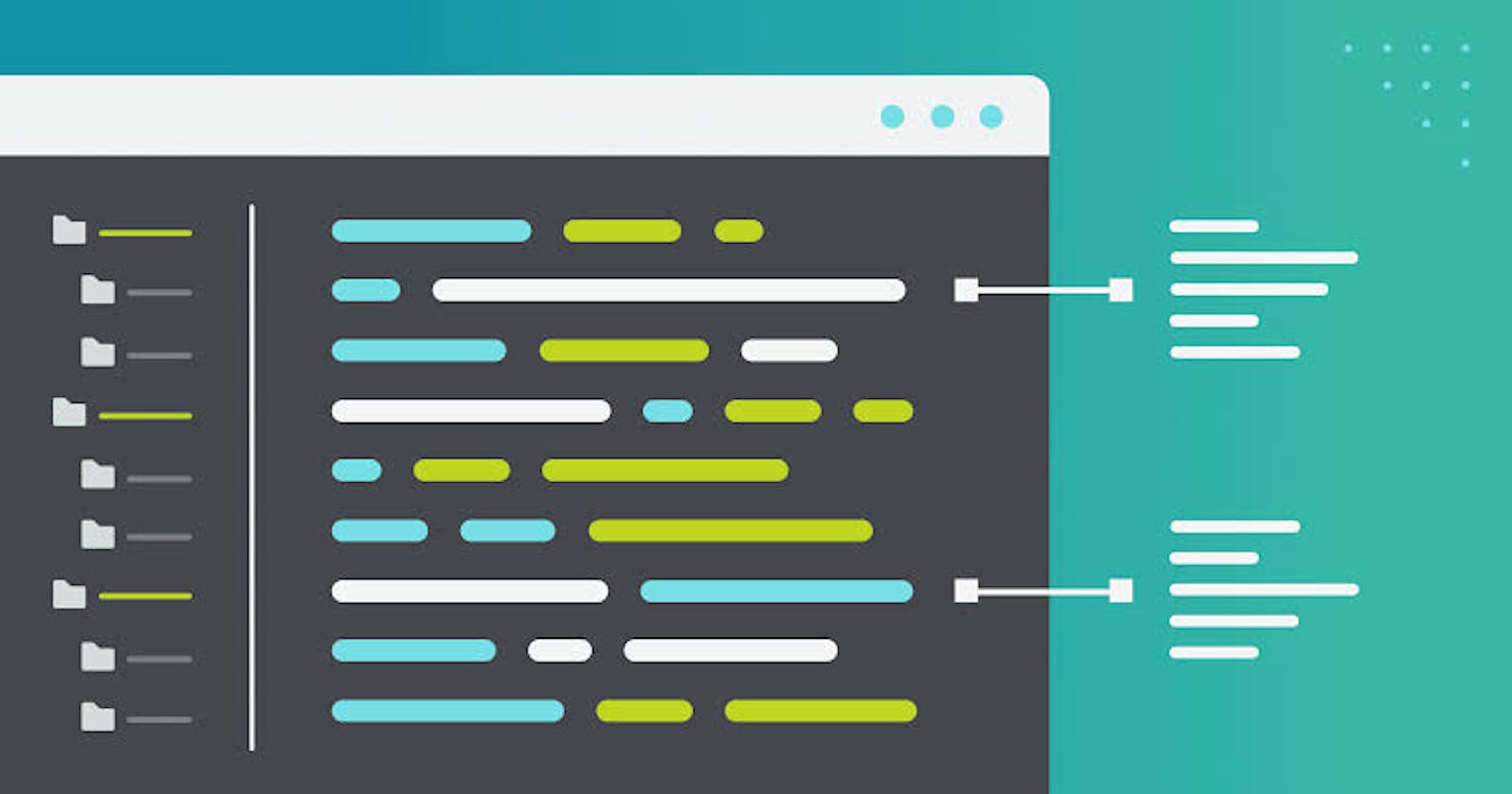Bridging the code gap: Documentation for Frontend and Backend Engineer
The role of documentation across different areas of software development, emphasizing its importance in bridging understanding across teams.
In some software development teams, documentation takes the backseat to delivering features and meeting deadlines. However, my recent encounter with an undocumented codebase reminded me of the critical role that documentation plays for both front-end and back-end engineers.
This article will explain why documentation is a good practice and a foundation for building successful and sustainable software products.
Importance of Documentation
Below are a few key reasons why you need to keep documenting your codebase as a software engineer or emphasize the need for documentation to your team as an engineering manager.
Easy onboarding: adding a new team member to join an existing project can be challenging, but with well-structured documentation, the onboarding process will be easier and more efficient. The new team member can quickly understand the project structure, reducing dependency on other team members for basic queries.
A codebase will keep growing as long as the project remains alive; proper documentation ensures that the codebase evolution is smooth. It provides context for future developers who might be working on enhancing or fixing parts of the code.
Documentation can be compared to a shared language within teams; it helps in aligning team members with the project goal, and methodology and ensures everyone is on track.
Debugging: a well-documented codebase guides developers to understand the intended functionality and helps in pinpointing areas where the project behavior deviates from the expected.
For front-end engineers, documentation should cover the design systems, components, and interaction flow to ensure UI consistency and functionality. Back-end documentation should cover architecture, endpoints, and data models to offer insights into the system logic and data handling to maintain the integrity of the backend performance.
QA and cross-disciplinary checks: documentation should be a check for quality assurance to foster a holistic understanding of the project, bridging the gap between cross-functional teams.
Scalability: documentation can play a pivotal role in planning for the future, offering a clear picture of the project's current state and making it easier to assess its readiness for future integrations or expansions.
The impact of proper documentation cannot be overemphasized. It is clear proof that a team is professional and has a commitment to shipping quality products. As an engineer, embracing documentation means embracing a path to success and building sustainable products. To learn more about documentation, follow me on Twitter to know when a new article is dropped.
cheers!

